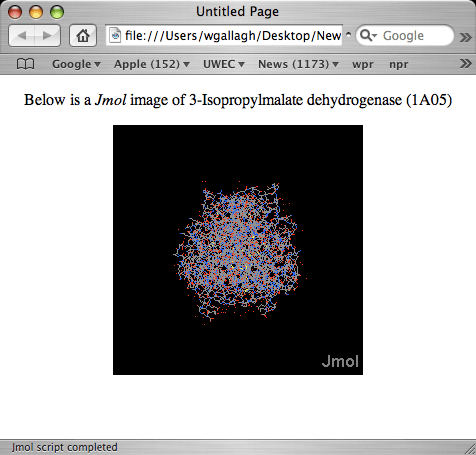

Some key events in this timeline include: Scientists have continually sought to understand the structure of insulin to better understand its function in order to identify potential treatments. In a path to finding treatments for patients with diabetes a recurring theme of understanding structure and function has emerged. To see the progression of knowledge about the disease check out the PDB 101 timeline here. As a result, research on diabetes has been happening for a long time.

Life expectancy after diagnosis in children was typically less than one year. Type 1 diabetes was considered incurable and a major cause of juvenile death before 1922. The inhibitor becomes covalently linked to the protein.Diabetes has been known as a disease for a long time. (i.e., the protein sample was reacted with diethyl p-nitrophenyl phosphate This inhibitor produced the ligand that you see bound to the protein Identify the amino acids that are close to the ligand.ĤTGL is inhibited irreversibly by diethyl p-nitrophenyl phosphate in fact, Rotate the image and zoom to examine the key contacts. You should see new atoms from the protein appear-the ligand is covalently bound to some, and others are in vaan der Waals contact. Then, turn on Wireframe and Spacefill for the selected atoms in the Appearance panelĪnd color them CPK using the Color panel. In the Custom Selector field of the Advanced Select panel, type Within 6.0 Å of atom number 2087, the ligand's phosphorus atom. The custom selector "within" can help you explore how a ligand isīound to a protein by selecting only atoms that are in close proximity to the ligand. Now let's determine the atom(s) in the protein that make contact The geometry at the central phosphorus atom is best described as. Turn on Wireframe and Spacefill, then use the Color Panel to color the bonds & atoms " CPK."
Look at specific amino acids jmol code#
Using the Advanced Select panel (Tools → Advanced Select), select residues with the three-letter code "CYS." Use the Appearance panel to Residues as balls and sticks and color their atoms by element To do this we will show the cysteine (CYS)

Click "None" to clear your selection to see the colors clearly. Secondary structural elements can now be distinguished by their colors. Pull up the Color panel (Look & Feel → Color), select "Cartoon," and color the cartoon "Structure." Notice that the "Cartoon" to show the chain as a cartoon. Then, pull up the Appearance panel (Look & Feel → Appearance) and turn off Wireframe and Spacefill. The select mode bar below the Jmol window and clicking any atom in the polypeptide. Select the entire protein by clicking "Chain" in Let's begin by cartooning the protein and coloring it according to the secondary structural elements present. You should see an image like the one at right appear.Įxploring 4TGL. You can obtain 4TGL by navigating to the Jmol Interface and clicking "File → PDB Entry." Type "4TGL" into the text field that appears, and press Enter. This assignment assumes you are familiar with the Jmol Interface at the level of the first Jmol quiz.


 0 kommentar(er)
0 kommentar(er)
